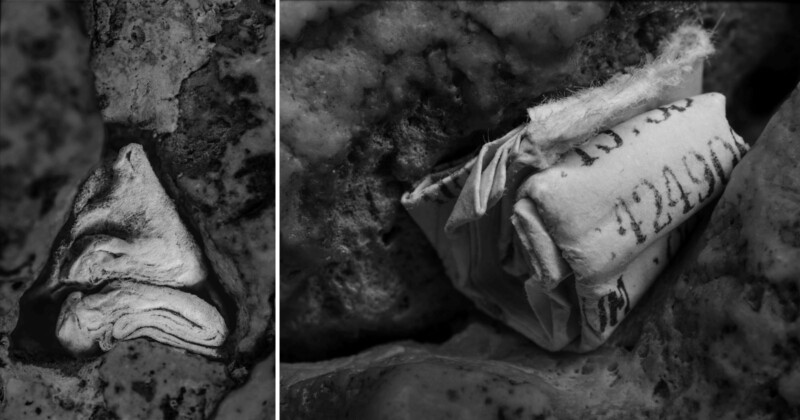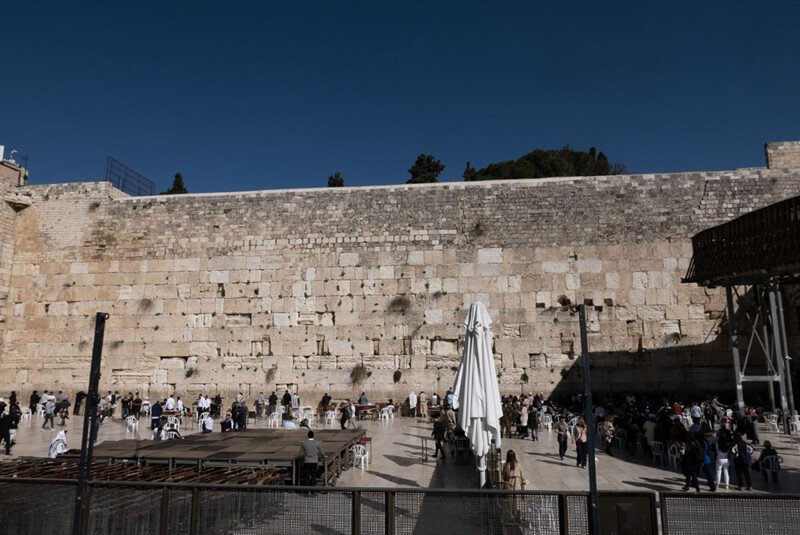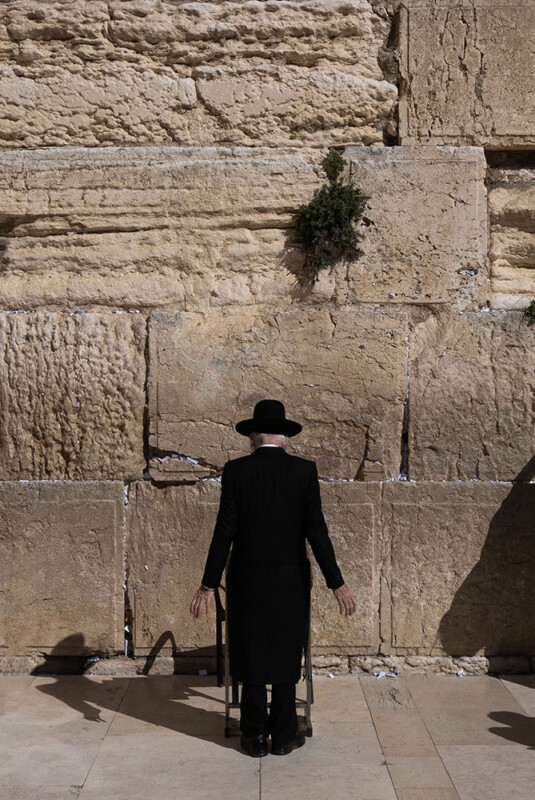Photographer Captures ‘Hidden World’ of Notes Placed Inside Jerusalem’s Western Wall

There are more than one million notes placed in the cracks of Jerusalem’s Western Wall each year and one photographer has captured them in a way not seen previously.
Also known as the Wailing Wall, it is part of the ancient Temple Mount — the holiest site in Judaism. Ofir Barak’s project Chrysalis explores the powerfull pull of the wall.
Barak has captured other holy sites in the Old City of Jerusalem: the Church of the Holy Sepulchre and the Al-Aqsa Mosque, but between 2020 and 2023 he began to focus on the Western Wall.
![]()
![]()
![]()


To capture Chrysalis, Barak had to find a macro camera setup but found it difficult because of the Leica M10 Monochrom rangefinder camera and the M-mount system it utilizes.
“Since macro photography was unfamiliar to me, I had to find the right equipment to help express my vision for this project,” Barak tells PetaPixel.
“I chose a macro 85mm lens from Laowa that can focus up to 0.163 cm (0.5 feet). After some testing, I learned that the minimum focus distance gave me the proximity distance I was looking for, yet it cast a shadow on the object since it was this close. I needed to address that, so I compensated and illuminated the scene with a ring light.”
![]()
![]()
![]()
The resulting photos are abstract shapes and textures, some of which barely look like notes at all — it is easy to see where he got the name Chrysalis from.
“The age of the notes on the Western Wall is unpredictable, ranging from a few hours to several months or even years,” explains Barak.
“However, due to the limited capacity of the wall to contain these notes, the spaces between the stones fill up every few months, causing some notes to eventually fall from the cracks.
“To address the issue of limited space, a decision was made to clear the notes from the wall twice a year before the Rosh Hashanah and Passover holidays.”
![]()
![]()
![]()
Barak says that these notes are “profound, personal, and meaningful” to the people who placed them there and they come from not just Jewish people, but people of all faiths.
“Bound up in the physical act of writing a private prayer or request on a small piece of paper, folding it up, and placing it into a crevice in the surviving remnant of the ancient Temple Mount is a deep spiritual intention between the worshiper and the hallowed place where they keenly feel God’s presence,” says Barak.
“There is no particular format or style for writing a note to be placed on the Western Wall. The notes and texts are silent prayers from the heart, expressing one’s most intimate thoughts and feelings. They can be a single word, a few words, or many.
“They can be written in any language on any kind of paper, on a scrap of paper ripped from a notebook, on a bus ticket, or even on paper currency. The practice has become widespread for Jews and non-Jews alike, and it is common to see people from all beliefs participating in this tradition.”
![]()
![]()
PetaPixel has previously featured Barak’s work: his documentation of Mea Shearim one of the oldest Jewish neighborhoods in Jerusalem outside of the Old City.
More of the photographer’s work can be found on his website and Instagram. Chrysalis is available as a book and can be purchased here.
Image credits: Photographs by Ofir Barak